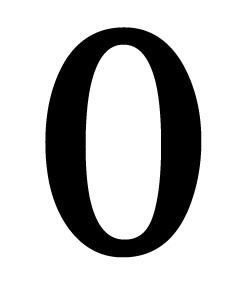 In moments of exasperation when talking about India and what we call the system, people often blurt out, “but why isn’t the government doing something about it?”
In moments of exasperation when talking about India and what we call the system, people often blurt out, “but why isn’t the government doing something about it?”
Take the case of education. As the document titled Some Inputs for Draft National Education Policy of 2016 released by the ministry of human resources development some time back points out: “The concern for the improvement of education had been at the top of India’s development agenda since independence.”
Despite this concern, India still has the most illiterates in the world. As the Draft National Education Policy document further points out: “The relatively slow progress in reducing the number of non-literates continues be a concern. India currently has the largest non-literate population in the world with the absolute number of non-literates among population aged 7 and above being 282.6 million in 2011.”
This basically means that around in one in four Indians continue to be illiterate. This is nearly seventy years after independence. Over and above this, India also has the maximum number of youth and adult illiterates in the world. The youth literacy rate (15-24 years) is at 86.1 per cent whereas the adult literacy rate (15 years and above) is at 69 per cent.
Further being literate doesn’t mean that the learning outcomes (the ability to read, write and do some basic maths) are in place. Madhav Chavan, the CEO-President of the Pratham Education Foundation estimates that in the period of ten years up to 2015, 10 crore children completed primary school without the ability to do some basic reading as well as mathematics.
So why can’t the government do something about it?
It is widely believed that one reason for this is that the government doesn’t spend enough on education. The various National Education Policies have recommended that the government should be spending 6 per cent of the GDP on education. But over the years, the spending has hovered around 3.5 per cent of the GDP.
Nevertheless, this does not mean enough money is not being spent. As Geeta Kingdon pointed out in a recent editorial in The Times of India, in 2014-2015, the total teacher salary bill for the country stood at Rs 41,630 crore. This amounted to a teacher salary expense of Rs 40,800 per year per child. This is huge.
The trouble is that just spending money on a problem is not a solution. But that is precisely what the various central governments over the years have tended to do. If there is a problem, they launch a new scheme on the basis of a new policy to tackle it and make some budgetary allocation to it.
The trouble is that there are way too many government schemes going around. As Devesh Kapur writes in an essay titled The Political Economy of the State: “Few states have the administrative capacity to access grants from 200 plus schemes, spend money as per each of its conditions, maintain separate accounts, and submit individual reports. This administrative capacity is even more limited in those states where the need is the most. Monitoring is rendered difficult not just because of limitation in the monitors themselves, but the sheer number and dispersion of the schemes across communities and locations.”
And this inability to monitor inevitably leads to corruption with money which has been allocated for a certain cause, getting siphoned off. There is a key lesson here that the central government needs to learn here.
As Kapur writes: “While each centrally sponsored scheme has the resources of a particular central ministry to call upon to aid its design, stipulate conditionalities for disbursement, and so on, the delivery is necessarily by local administration.”
And there is only so much a local administration can do to implement a scheme.
The larger point here is that the central government by trying to achieve too many things by running too many schemes ends up making a mess of the most important things and this includes education, health, agriculture etc.
Hence, if India has to get rid of its most basic problems, the government will have to start concentrating on fewer things. As the old saying goes, perfect is the enemy of the good. And that is well worth remembering.
The column originally appeared in the Bangalore Mirror on September 14, 2016